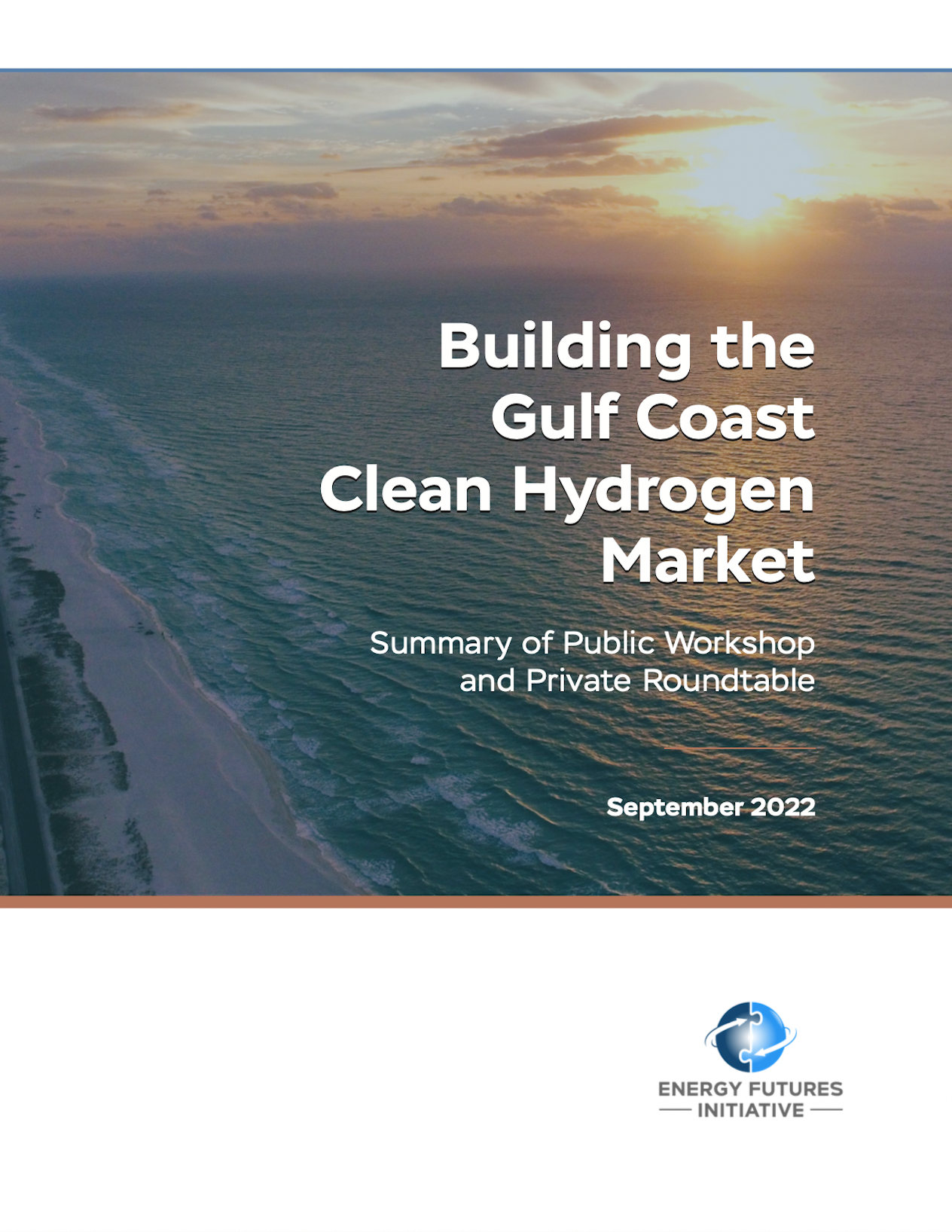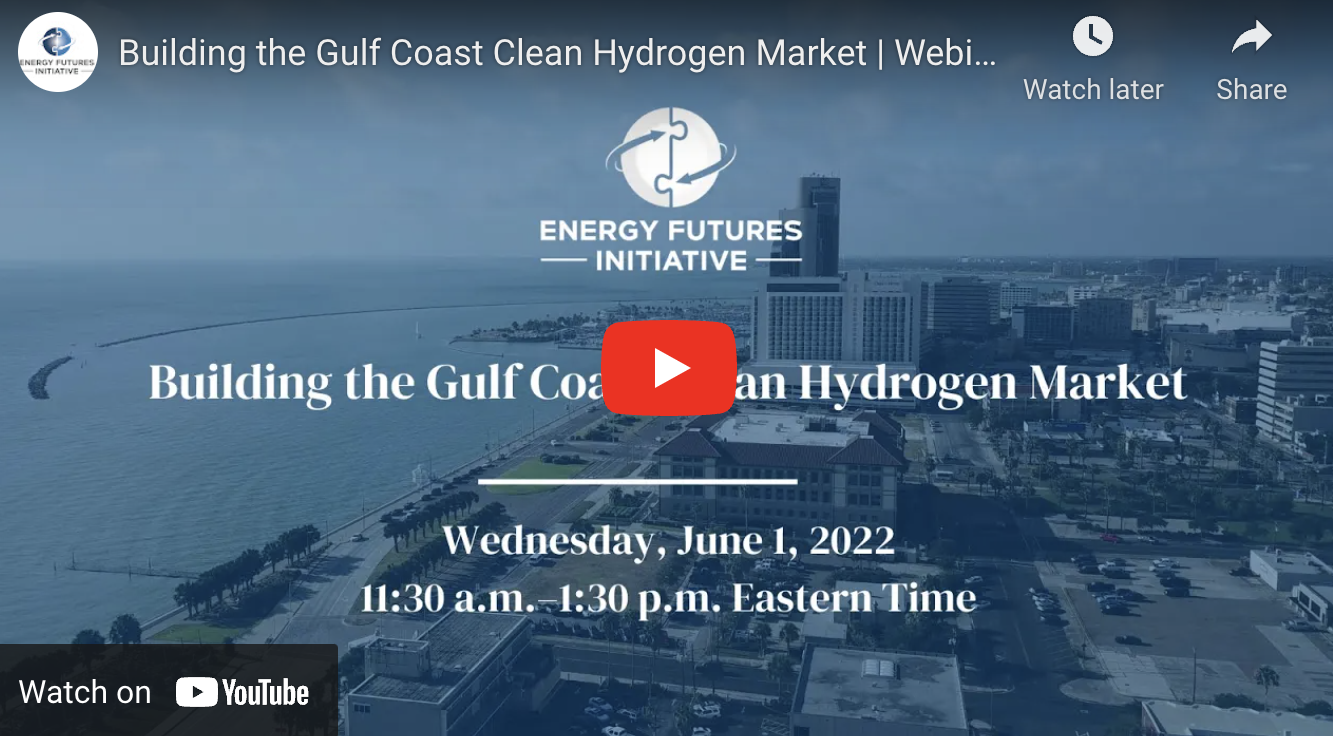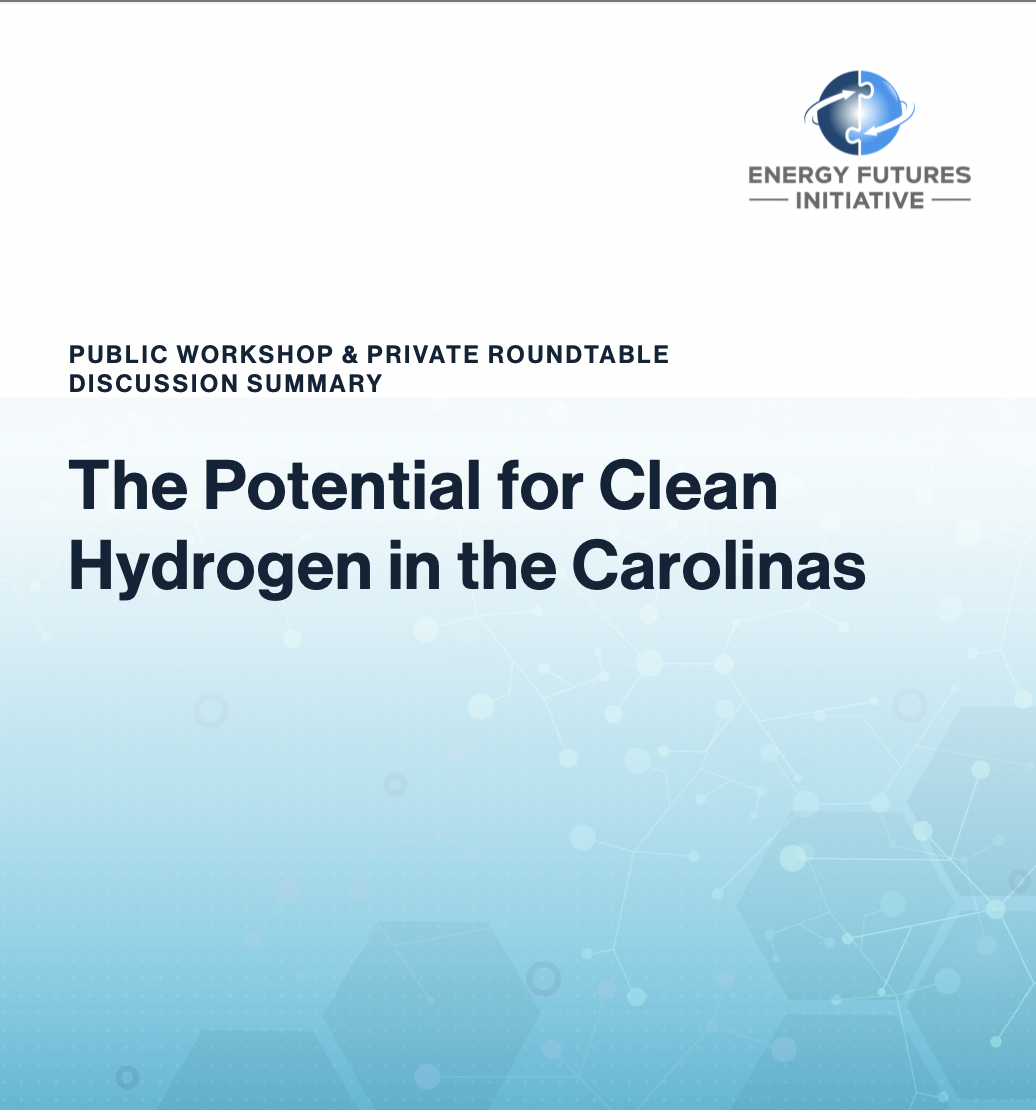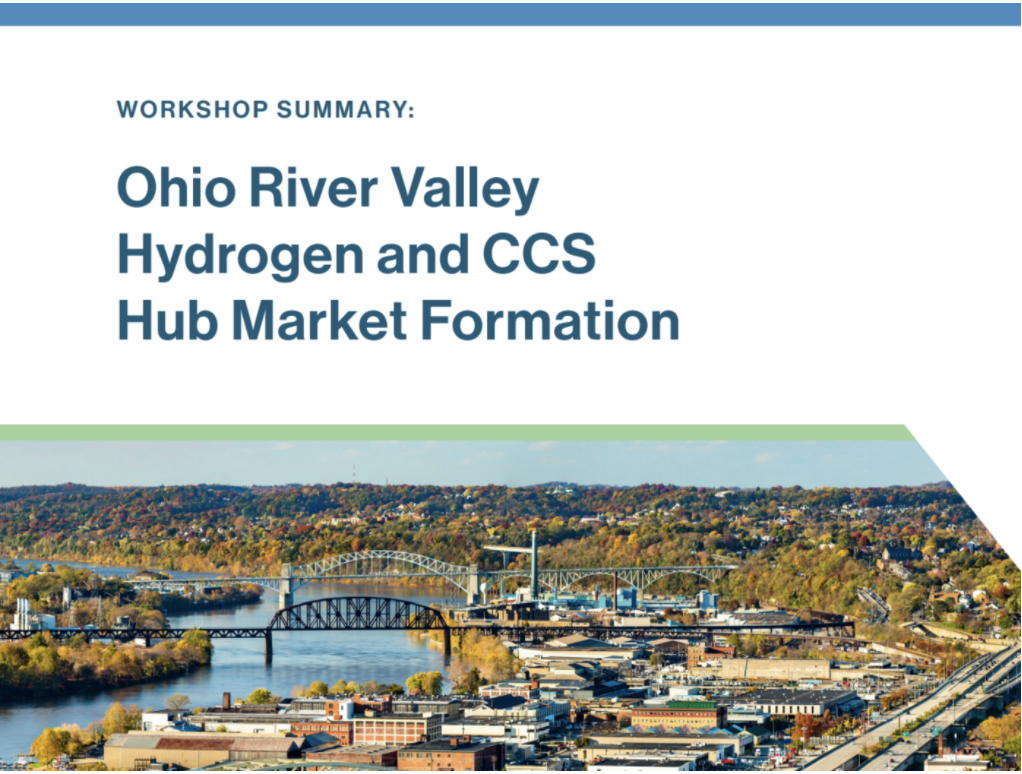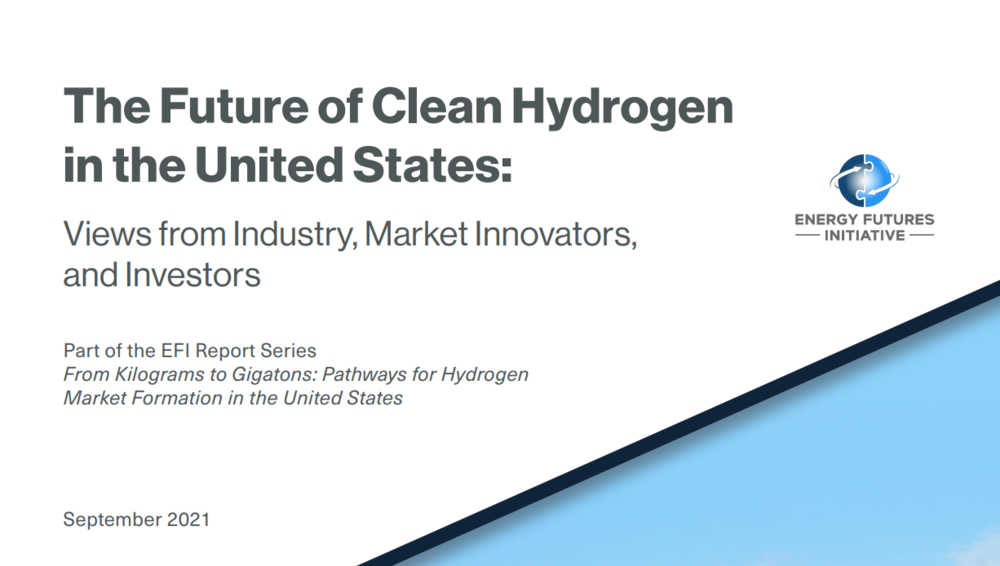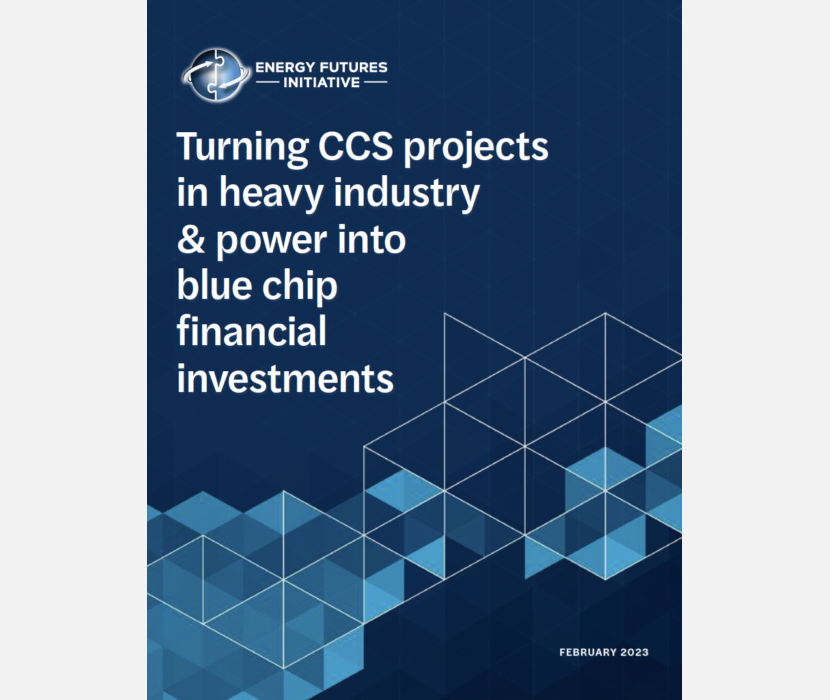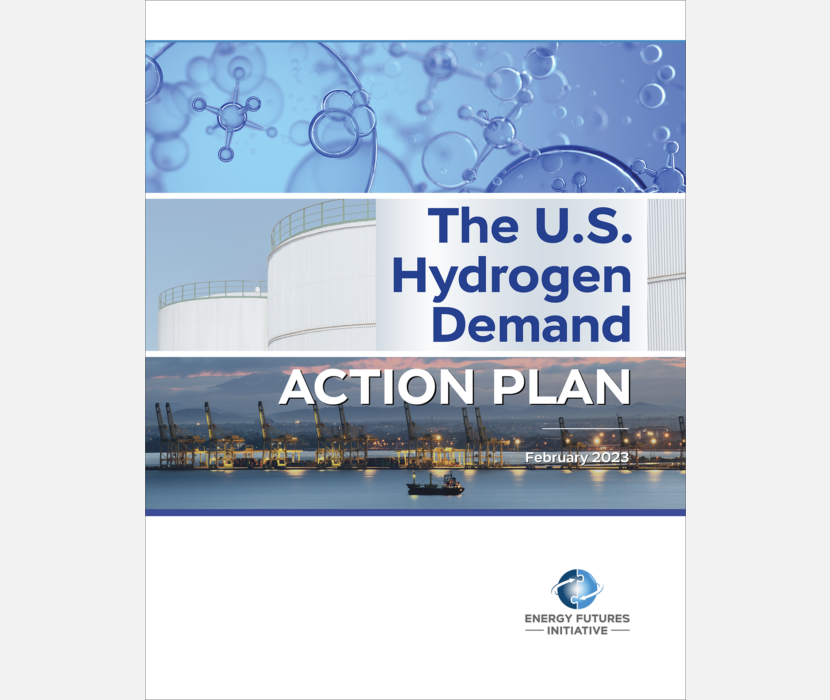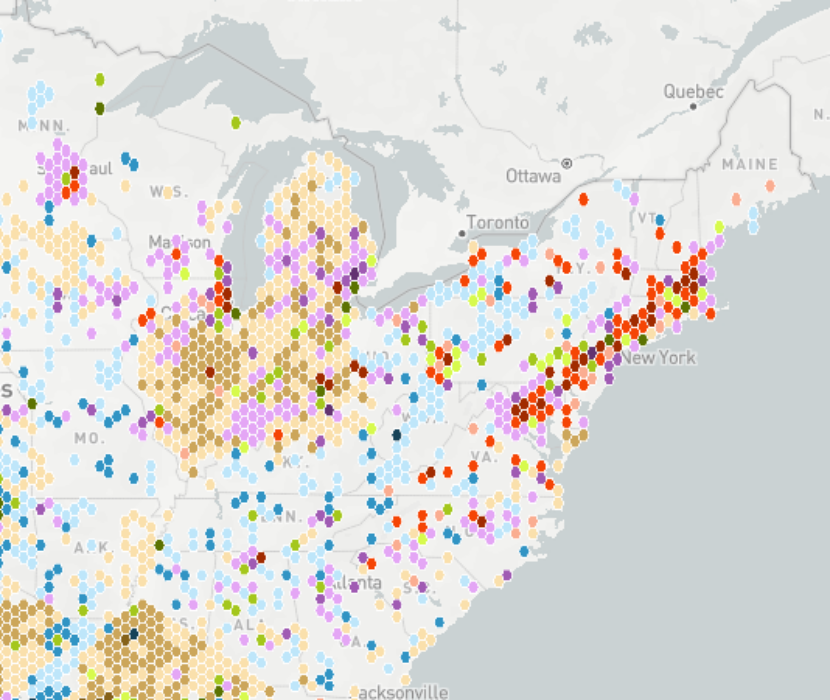Building the Gulf Coast Clean Hydrogen Market: Summary of Public Workshop and Private Roundtable (September 2022) summarizes a vision for a clean hydrogen industry in the U.S. Gulf Coast from input by the region’s tenured hydrogen companies and other stakeholders at the Energy Futures Initiative (EFI) convenings in June 2022. This report signals potential for clean hydrogen in the Gulf Coast and outlines the necessary foundations to a booming regional market.
According to stakeholders, the Gulf Coast could become an epicenter for clean hydrogen because it already has an established hydrogen market. The region is responsible for more than half of total hydrogen production in the United States for end uses in methanol production, ammonia production, and oil refining. Most of the country’s more than 1,600 miles of hydrogen pipelines are located across Texas and Louisiana, making the physical infrastructure necessary for clean hydrogen abundant in the Gulf Coast.
The region also touts a strong workforce, natural geology ideal for carbon capture and storage, existing hydrogen and carbon dioxide infrastructure, and subject-matter expertise vital to a clean hydrogen value chain. These factors all make the Gulf Coast region ideal for developing a large-scale clean hydrogen industry for energy applications—in the short term for blue hydrogen (produced from natural gas with carbon dioxide emissions captured and geologically stored) and eventually for green hydrogen (produced from electrolysis of water with only oxygen as a byproduct).
In EFI’s public workshop and private roundtable, stakeholders emphasized the following opportunities and challenges for building a clean hydrogen market in the Gulf Coast:
- A hydrogen hub already exists in the U.S. Gulf Coast, with co-located infrastructure and supply chains for multiple consumers in a way that does not exist anywhere else in the world; it is important to build upon it to develop a clean hydrogen hub and not disrupt what already exists.
- To scale up a clean hydrogen market, the region must increase demand for clean hydrogen. Solutions could focus on new pricing structures and contract types (especially take-or-pay contracts or tolling agreements), blending hydrogen into the existing natural gas pipeline systems, and developing export markets.
- To gain investor backing, the industry needs a carbon intensity framework, shorter and streamlined permitting processes for hydrogen pipelines and carbon storage, and clarity on federal jurisdiction and regulatory authority.
- Hydrogen hub development in the Gulf Coast would support the U.S. Department of Energy’s clean hydrogen cost target and deployment goals; environmental justice and equity will be important components of successful deployment.
- The Gulf Coast and other multi-state regions with carbon dioxide pipelines and infrastructure that cross state lines would benefit from greater regional coordination such as interstate compacts and state- and region-led forums.
- Clarity on clean hydrogen market signals in recent legislation is crucial for developing a clean hydrogen hub.
- Focus should be on decarbonizing—emphasizing carbon intensity and not hydrogen colors. Policies need to be technology neutral, and incentives should be based on life-cycle greenhouse gas emissions.
- Permitting carbon dioxide storage facilities is an important enabler of early low-carbon hydrogen in the U.S. Gulf Coast.
- Clean hydrogen developers must align decarbonization and infrastructure priorities with community goals.
The public workshop featured 14 speakers and panelists (see a full list), and the private roundtable involved 22 participants.
With 27 clean hydrogen activities operational or slated for the Gulf Coast as of June 2022, this report provides timely insight into building a clean hydrogen market in that region and across the United States.
Supplemental Material
Related Content
(Share this post with others.)


